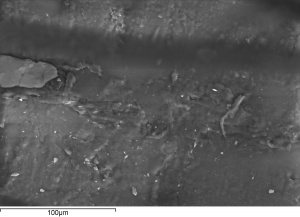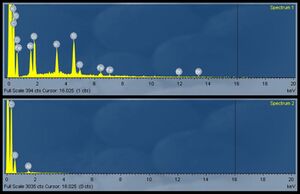Salted paper
Description
A type of photographic Printing out paper. Developed by William Henry Fox Talbot, salted paper was prepared by directly soaking paper in a solution of Table salt then treating it with Silver nitrate. By 1841, salted paper was made with a thin salt-filled Gelatin coating that was dried then treated with silver nitrate to form a photosensitive silver halide compound. Gelatin was most commonly used as a binder, but other materials such as Albumen, Arrowroot starch, Agar-agar, and Starch were also used. The image was produced by exposing the paper to the sun through a negative then fixed with Potassium bromide or Sodium thiosulfate solutions. By the 1860s, salted paper was replaced in popular use by Albumen paper.
Synonyms and Related Terms
salt print; salted-paper; plain salted paper; papier salé (Fr.)
Additional Images
Resources and Citations
- James M. Reilly, Albumen & Salted Paper Book: The history and practice of photographic printing, 1840-1895, Light Impressions Corp., Rochester, NY, 1980 Comment: see chapter at http://albumen.stanford.edu/library/monographs/reilly/chap11.html
- Caring for your Collections, Arthur W Schulz (ed.), Harry N. Abrams, Inc. , New York, 1992 Comment: one of the earliest photographic printing process introduced in 1841
- E.J.LaBarre, Dictionary and Encyclopedia of Paper and Paper-making, Swets & Zeitlinger, Amsterdam, 1969
- Luis Nadeau, Encyclopedia of Printing, Photographic, and Photomechanical Processes, Atelier, New Brunswick, 1997
- Thomas B. Brill, Light Its Interaction with Art and Antiquities, Plenum Press, New York City, 1980








